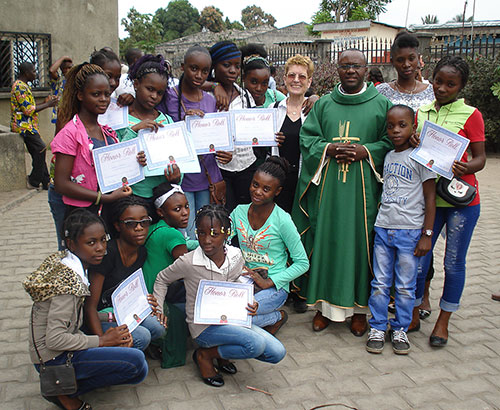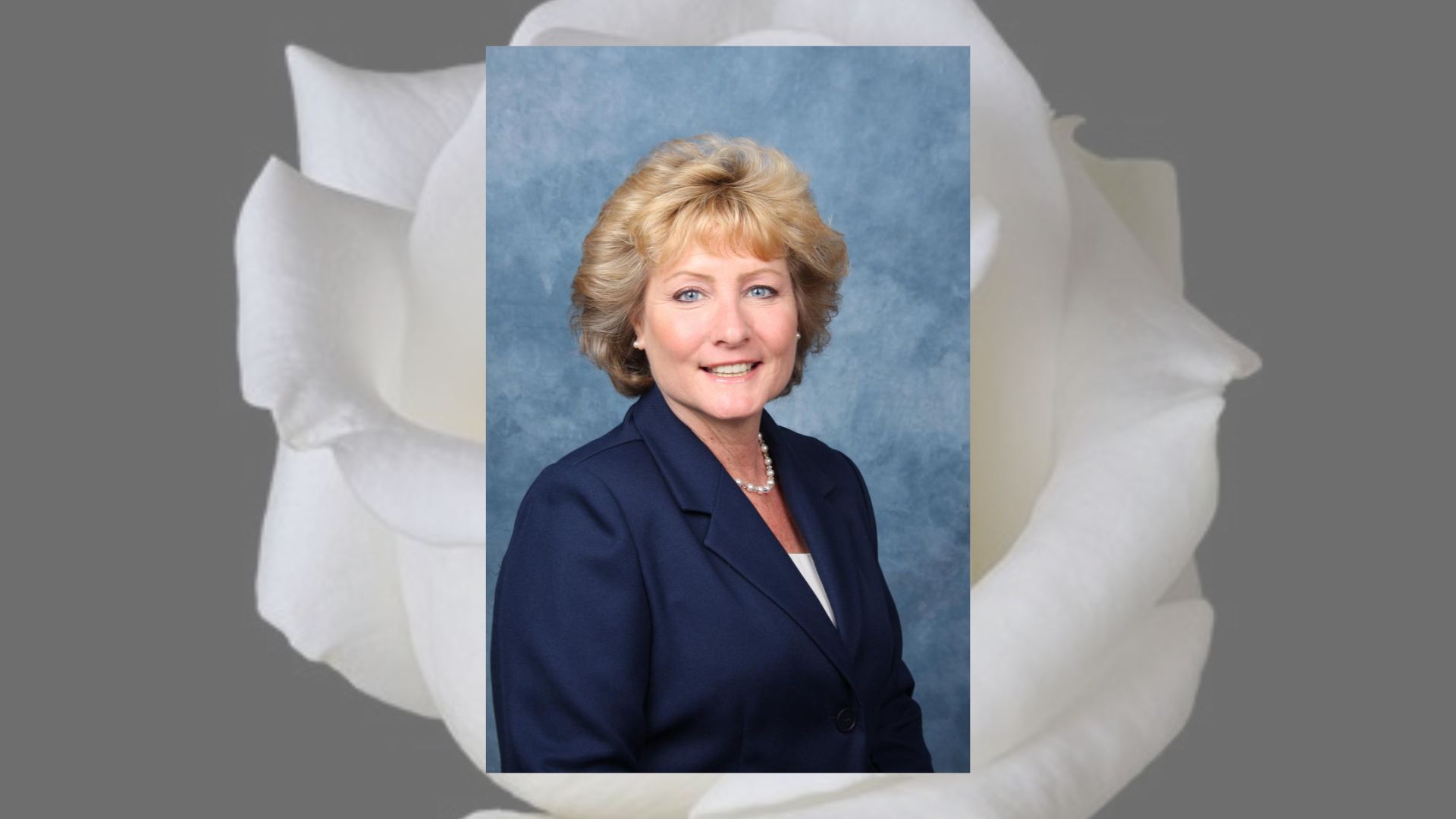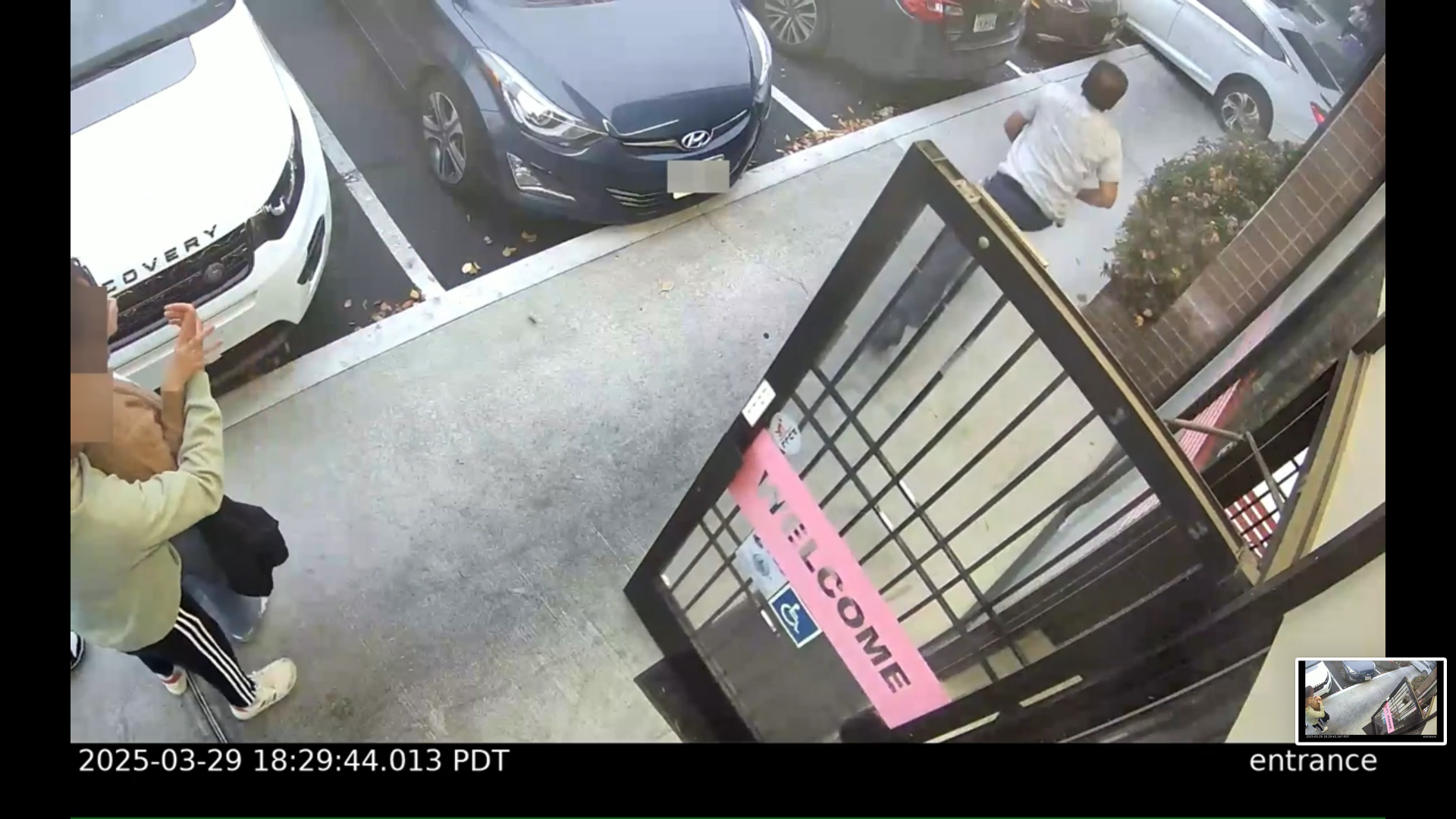

Santa Clara resident Susan Stasi already spoke English, French, Spanish, and Italian. She never dreamed when she entered the Deaf Studies Program at Ohlone College in 2012 that it would change her life. Not only that, it would change the lives of deaf children and impoverished girls in the Republic of the Congo.
Immersing herself in the deaf world to practice American Sign Language (ASL), led Stasi, a graduate of Santa Clara High School, to a worship service for the deaf and hearing impaired at St. Lawrence the Martyr Catholic Parish Church in Santa Clara.
The mass was celebrated by Fr. Bazikila Ghislain with the San Francisco Diocese, a deaf priest originally from Brazzaville, the capital and largest city of the Republic of the Congo (not to be confused with the Democratic Republic of the Congo on the other side of the Congo River). It had long been Ghislain’s dream to open a school for deaf children and impoverished girls in Brazzaville.
“It’s a God thing. Fr. Ghislain asked for help, and I raised my hand. That was just the beginning of my new journey,” says Stasi, who is retired from careers in business, teaching, and catering. “I’ll go wherever God takes me.”
Stasi went on to found and become CEO of St. Mary di Rosa Academies (SMRA), a 501(c)3 nonprofit, Catholic-based corporation, established on July 31, 2014, with the mission “to improve the quality of educational programs for deaf children and impoverished girls in the Sub-Saharan region of Africa.”
“Some people ask me, ‘Why Africa?'” says Stasi. “Why not? These are God’s children. What happens over there has an effect on us, too.”
According to Stasi, only 25% of children in the Congo reach and pass the 4th grade. Approximately 6.8 million children in the Sub-Sahara are deaf or hard of hearing and are often isolated, even hidden, by their families.
SMRA is now raising funds to open a first school for 300 students, Zital Academy in Brazzaville, in 2017. It will be a combined elementary school for deaf children, girls’ high school and post-secondary career development program. In the meantime, on a smaller scale, a first American sign language class may begin as soon as January 2016.
“These children need help now. Some parents hide their deaf children because they’re considered worthless human beings. There is extreme poverty,” says Stasi, who traveled to Brazzaville last July and taught two weeks of summer camps for the deaf and for impoverished girls. She taught ASL, life skills, the arts and Biblical literature.
St. Mary di Rosa Academies, named after an Italian saint who founded a school for deaf children and ministered to poor girls, is collaborating with Archbishop Anatole Milandou with the Diocese of Brazzaville and the Sisters of Mary Immaculate at the Convent in Brazzaville.
SMRA celebrated its first anniversary September 13 with an open house and fund raiser at its Santa Clara headquarters.
“I think it’s nothing short of spectacular that a woman in Santa Clara–just like you or me–would be touched by the marginalization of the deaf and do something about it–in the Congo, nonetheless–for children who never had the wildest dream of going to school,” says Sister Marilyn Lacey, Executive Director of Mercy Beyond Borders.
“Even though I don’t have any money, I can give encouragement, referrals, resources, etc. Maybe a bit of wisdom now and then. I think we can all do something to help,” says Lacey at the afternoon open house.
Paula McLaughlin, a French teacher at Mercy High School in San Francisco, brought her students to the open house to help out. McLaughlin’s students will, among other things, write children’s story books in French, the official language of the Congo, to send to Brazzaville.
For information about St. Mary di Rosa Acadamies, visit www.stmarydirosa.com. For information on how students can help out, visit www.kidsthatcareclub.com.




